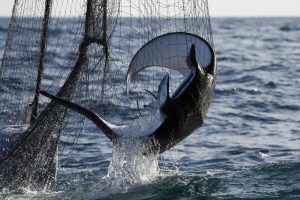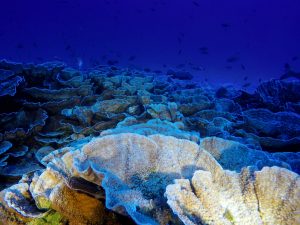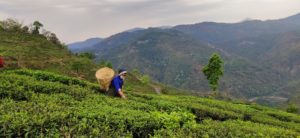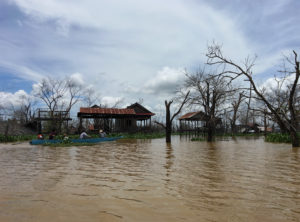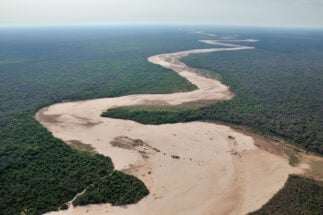We’ve brought this group of vulnerable marine species together to mark World Ocean Day. The focus is on habitat loss and overfishing, and the need to protect and create safe areas in which rare creatures may recover and perhaps thrive once again. There is precedent. The largest animal on the planet, the blue whale, was hurtling towards extinction at the hands of harpooners until a ban on hunting came into effect in 1966. From just a few hundred individuals at their lowest ebb, there are more than 2,000 blue whales alive today.
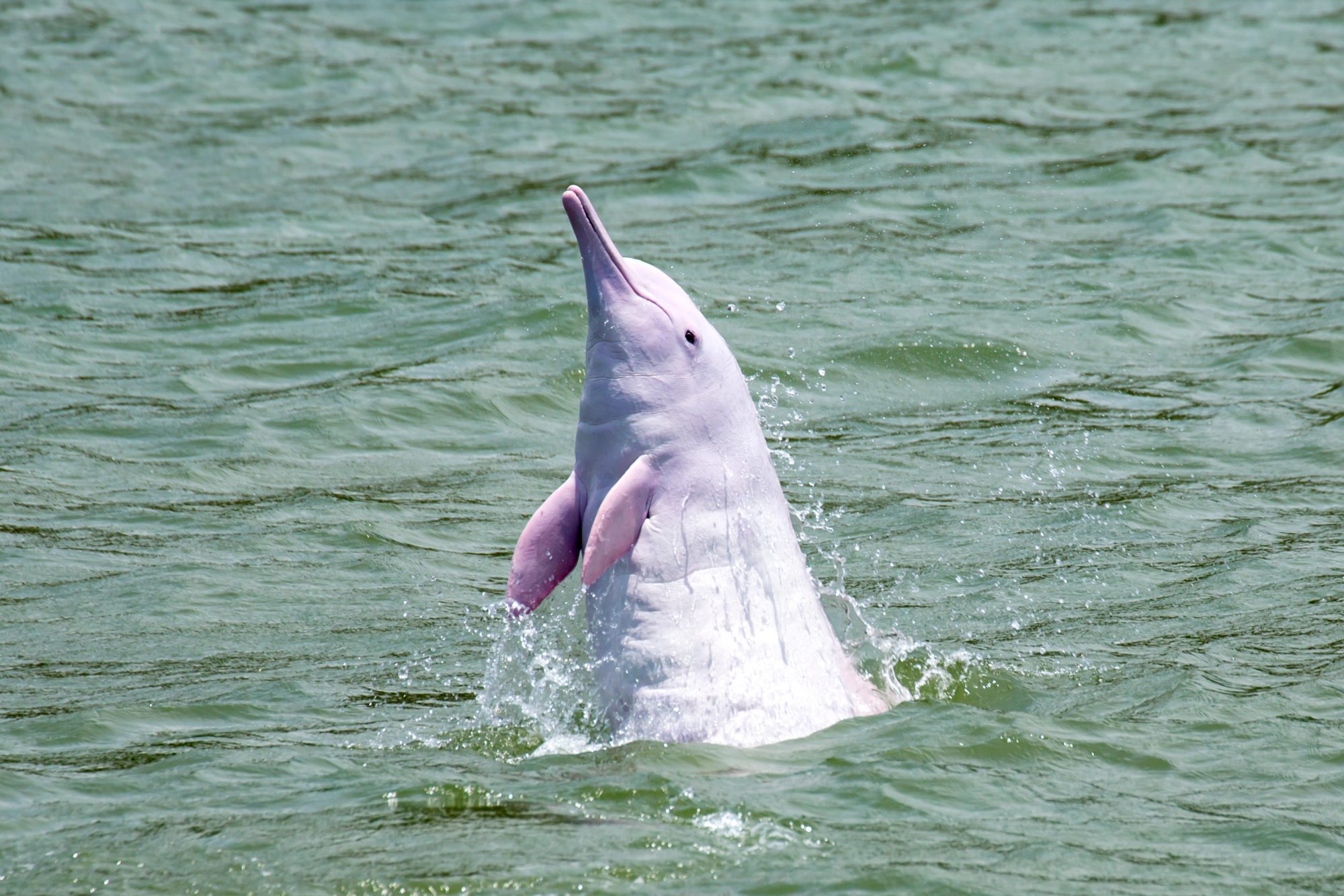
These distinctively pink dolphins live in tropical coastal waters, including mangrove swamps and river mouths. In Hong Kong harbour, their main threats come from fishing gear, pollution and land reclamation. (Image: Alamy)

By 1937, the crested tern was considered extinct. Then, in 2001, researchers discovered two pairs nesting on a rocky islet in the Yellow Sea. More have since been found, hidden among the nesting sites of greater crested terns and black-tailed gulls. Clever conservation efforts involving playing audio to attract the birds to suitable nesting sites appear to be working. (Image: Simba Chan, Birdlife International, CC BY SA 2.0)
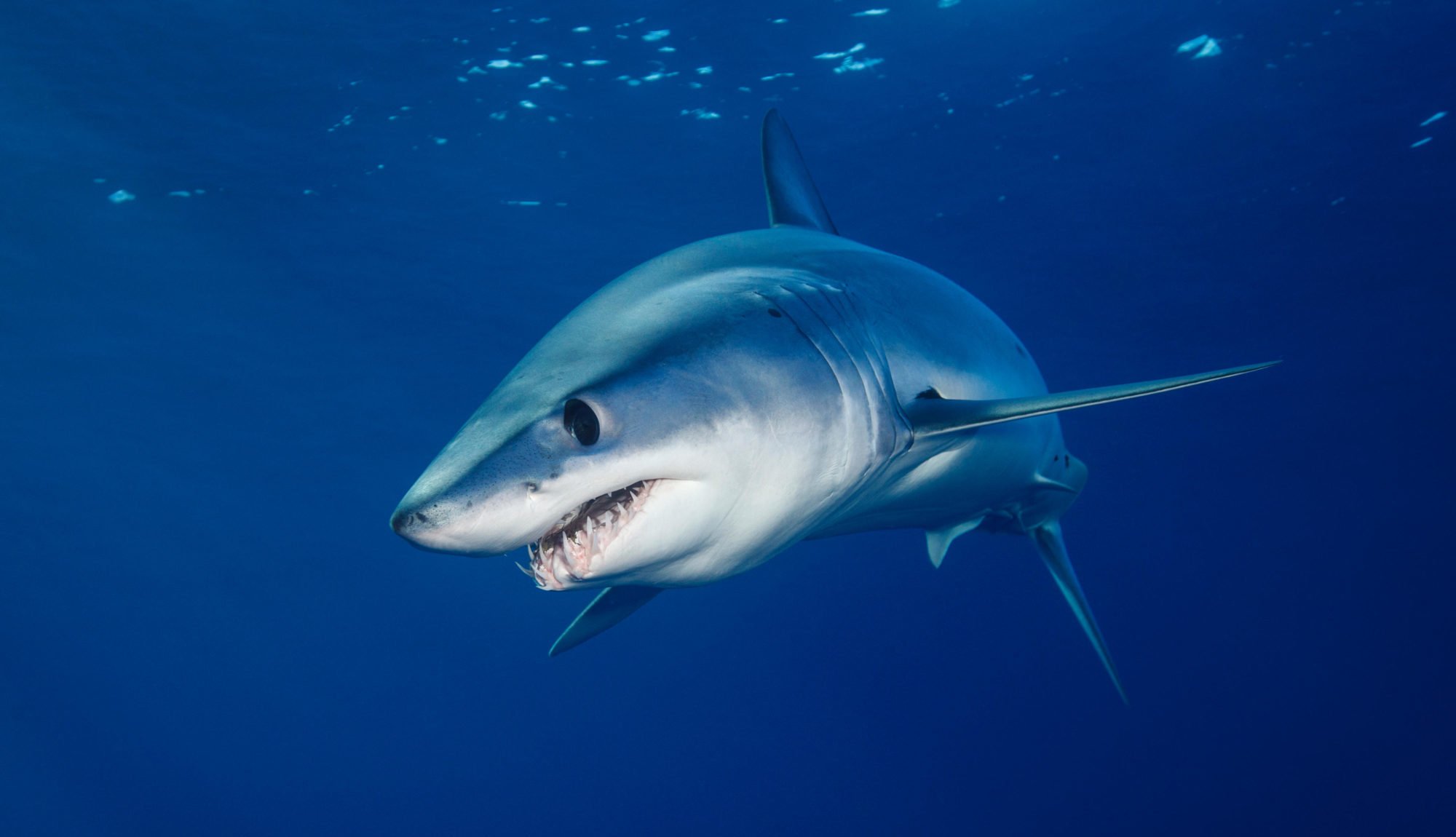
The world’s fastest shark has been rapidly shrinking in number due to poorly regulated fishing. The chances of controlling the trade in shortfin mako fins were given a boost in 2019 when species was included in the appendix of CITES (the Convention on International Trade in Endangered Species of Wild Fauna and Flora). (Image: Alamy)
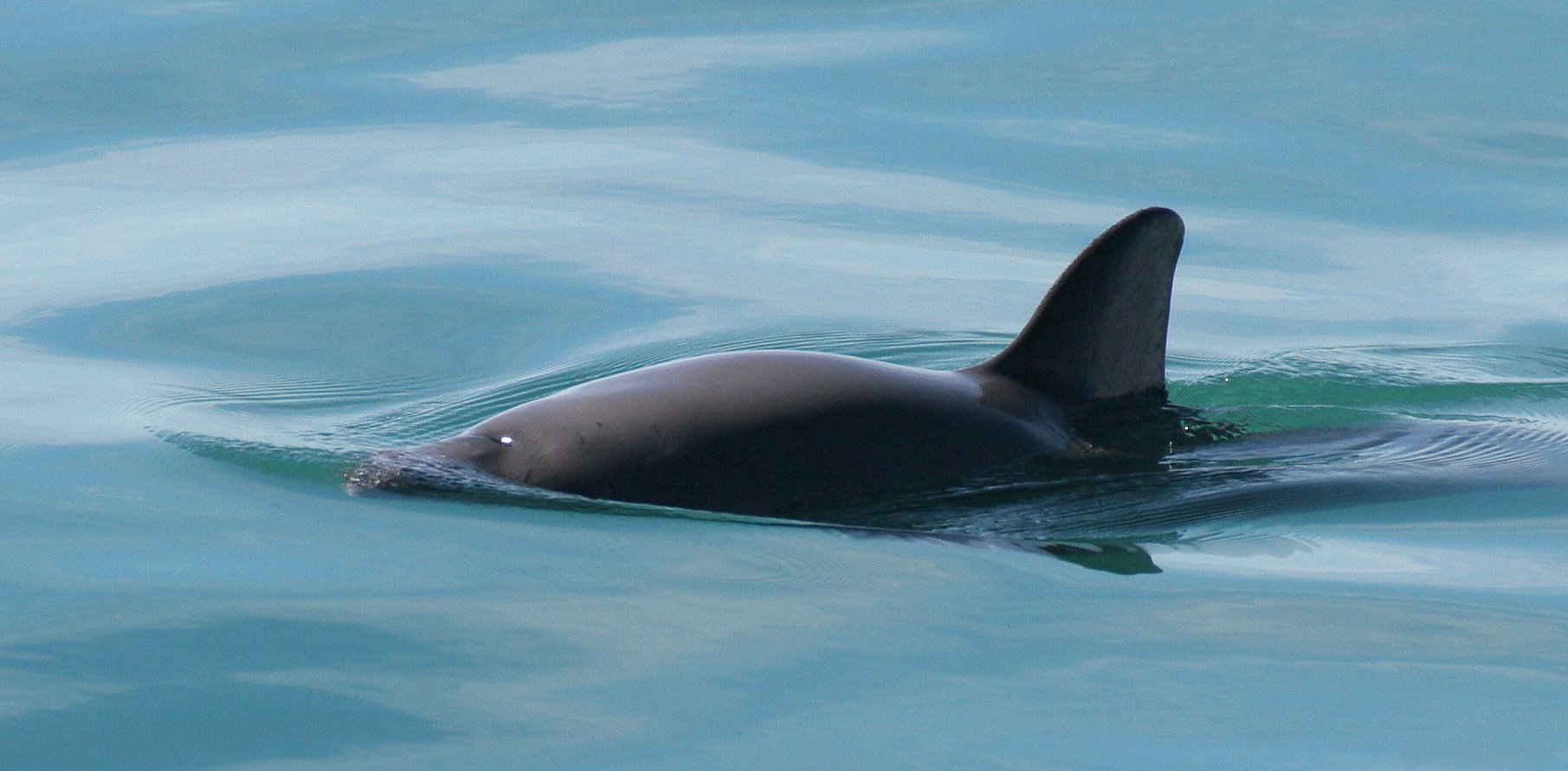
This porpoise found only in the Gulf of California has been brought to the brink by illegal trade in the swim bladder of the totoaba. Vaquitas get caught up in gill nets put out to catch totoaba, and despite a number of interventions, their outlook is bleak. (Image: Paula Olson / NOAA)

Living only on hydrothermal vents in the Indian Ocean, the scaly-foot snail has evolved a shell of iron. It’s foot, the squishy part protruding from its shell, is covered in scales, also made of iron. This chain-mail snail is the first species to be listed as endangered due to the threat of deep-sea mining. (Image: David Shale, CC BY NC SA)
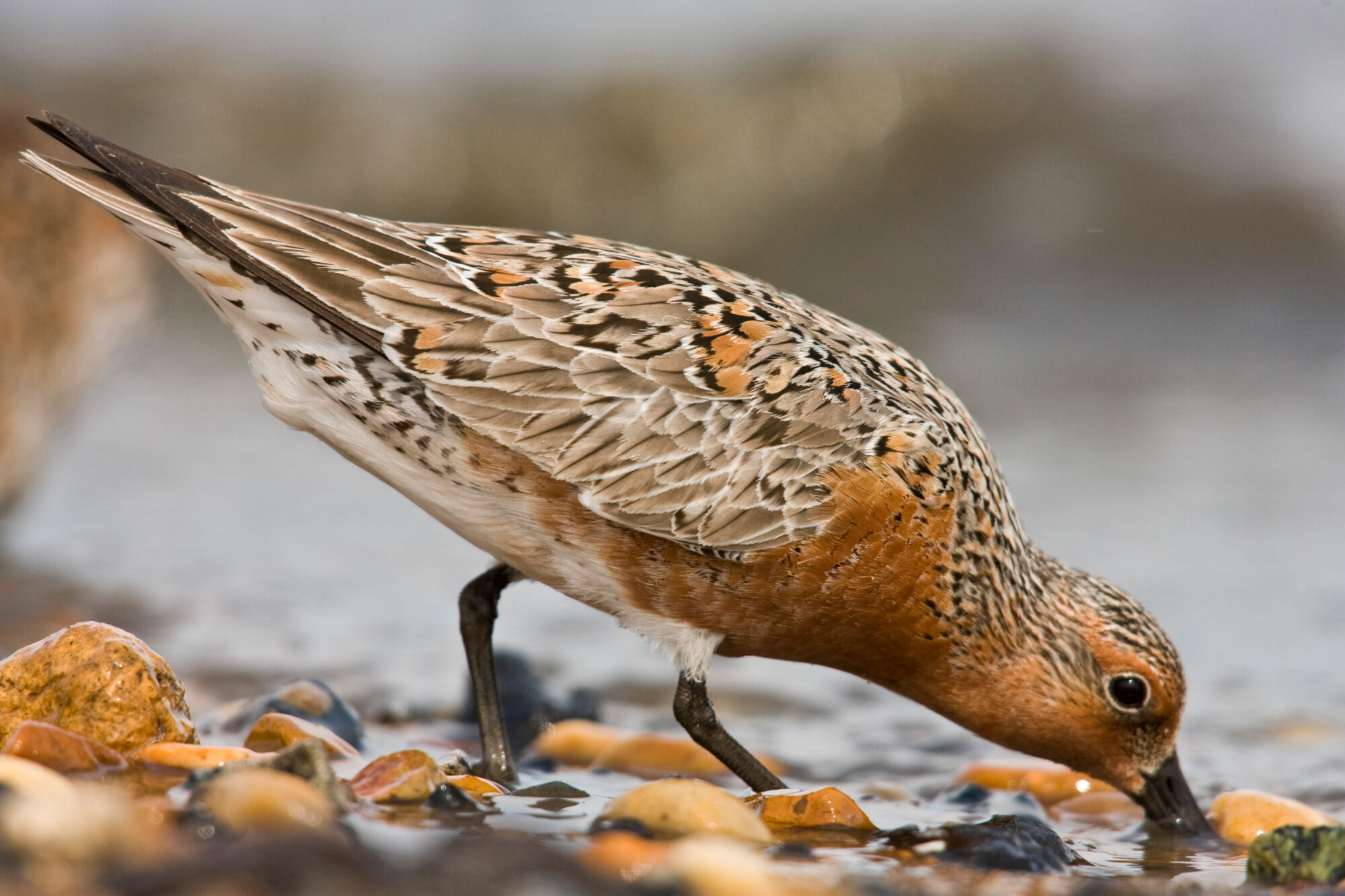
This teacup-sized shorebird should not be underestimated. Each year, many red knots migrate 15,000km from the southernmost tip of Latin America to the Canadian Arctic and back again. But the species has been in drastic decline, in part due to over-harvesting of the horseshoe crab, the eggs of which are its main food source. (Image: Joe Austin / Alamy)
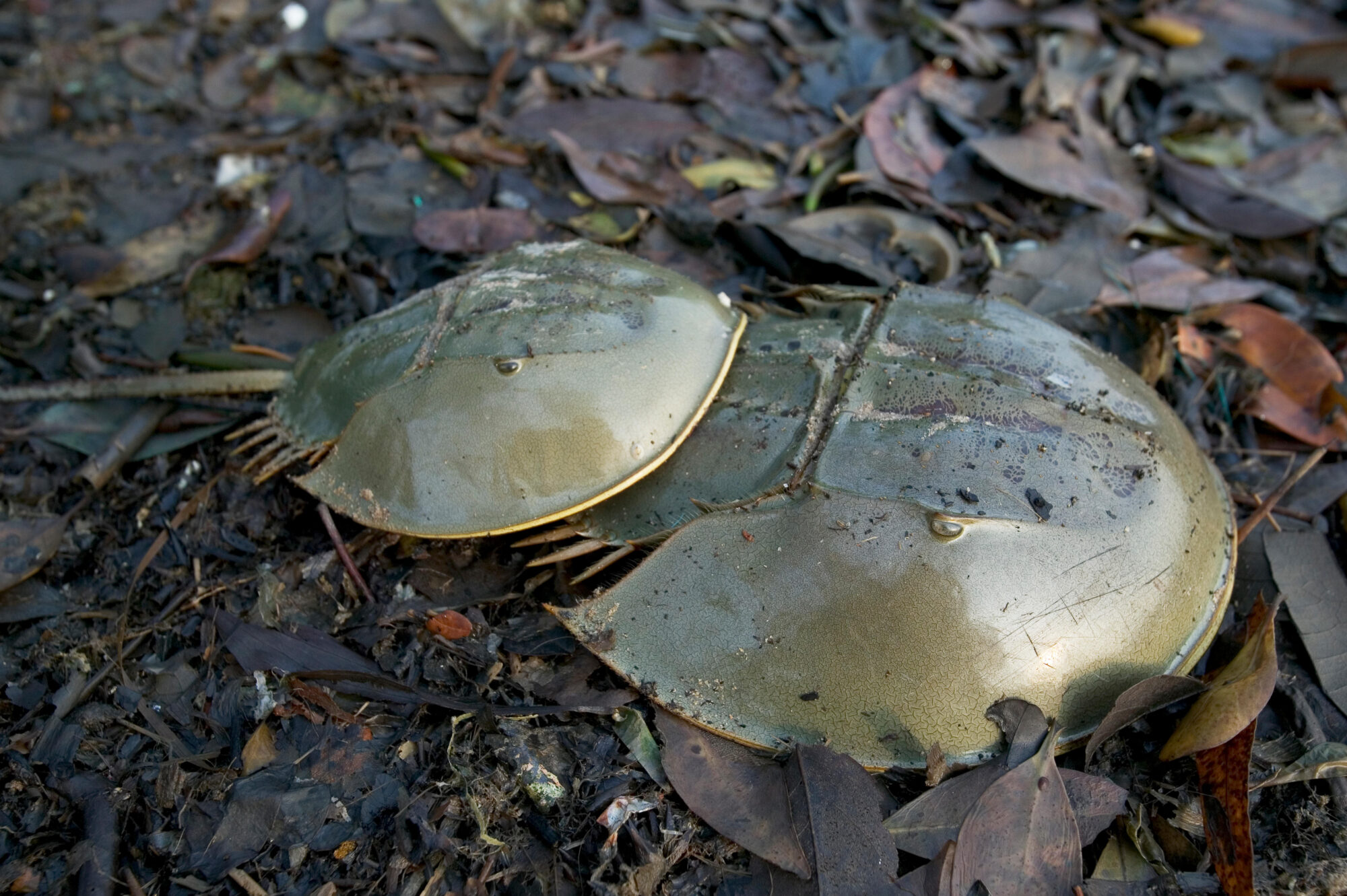
Horseshoe crabs have inhabited Earth for around 450 million years. Their blue blood is used in the pharmaceutical industry, in part to help develop vaccines – including against Covid-19. But the rate of harvest has put the crabs at risk of extinction. A synthetic replacement for the blood exists, but regulatory hurdles are slowing the switch. (Image: Alamy)
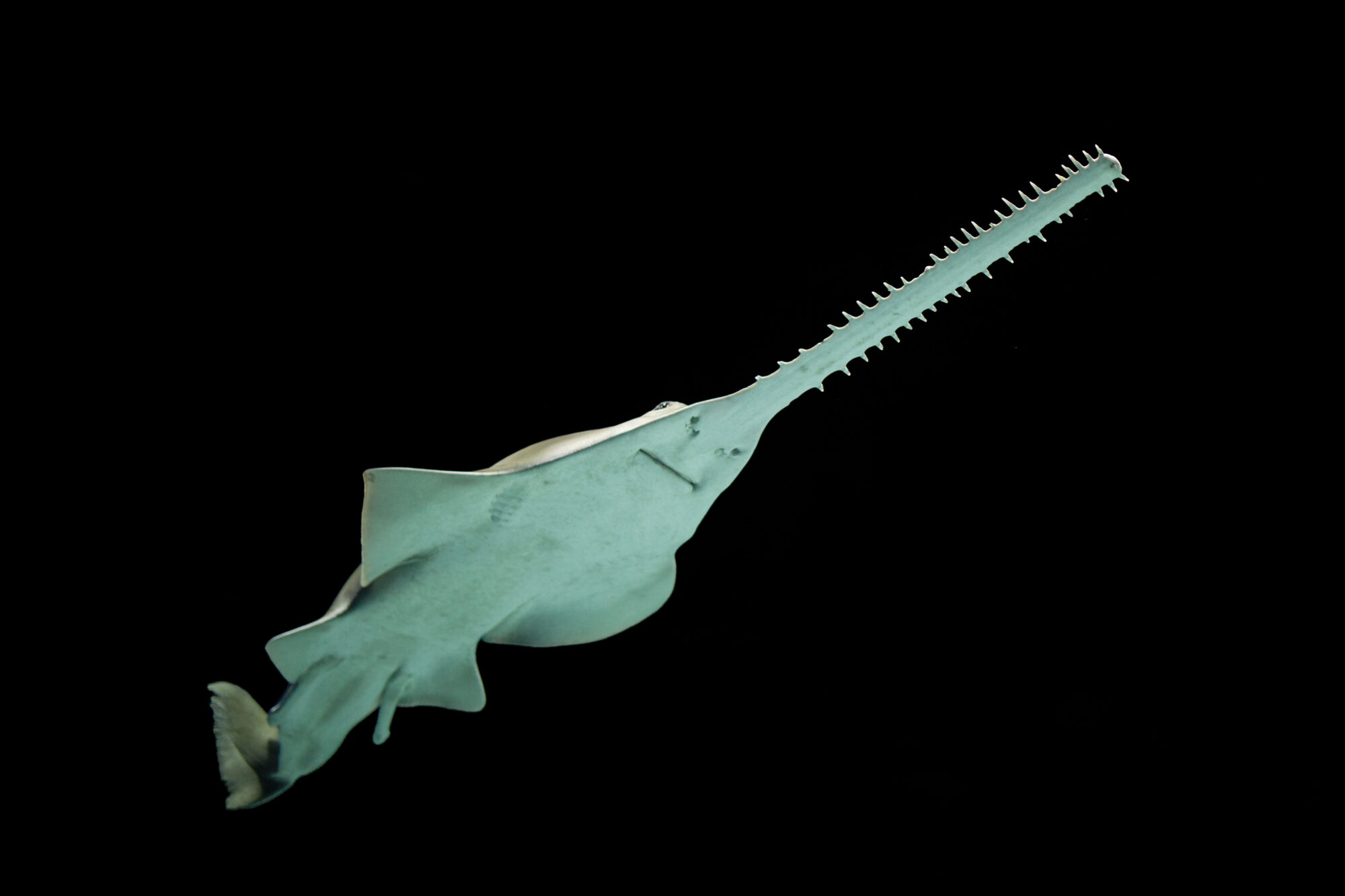
The largest sawfish species can grow to more than 7 metres and live for up to 50 years. But the green sawfish is critically endangered, as its toothed rostrum can easily get entangled in industrial fishing nets. (Image: Shaun Wilkinson / Alamy)

The spotted seal, a protected species in China, is the only seal to breed in Chinese waters. Its numbers have been heavily hit by hunting, mostly historical but still ongoing. Climate change, habitat loss and marine litter have also had an impact. (Image: Robert Harding / Alamy)
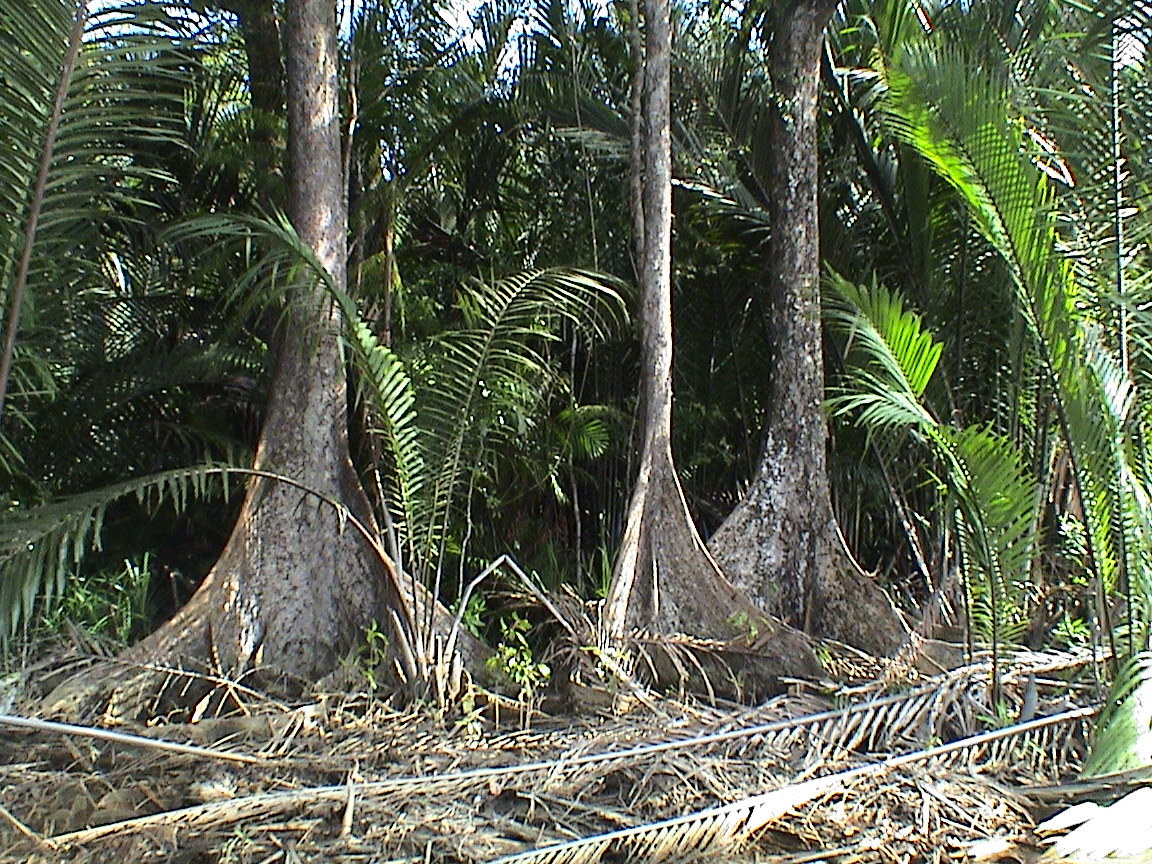
This rare tree is threatened by logging activities for timber and oil palm plantations in its only habitat, Borneo. Mangrove-dwelling plants play a key role in maintaining healthy ecosystems, storing carbon, improving water quality, reducing flood risk and stemming shoreline erosion. (Image: John Howes, CC BY NC)
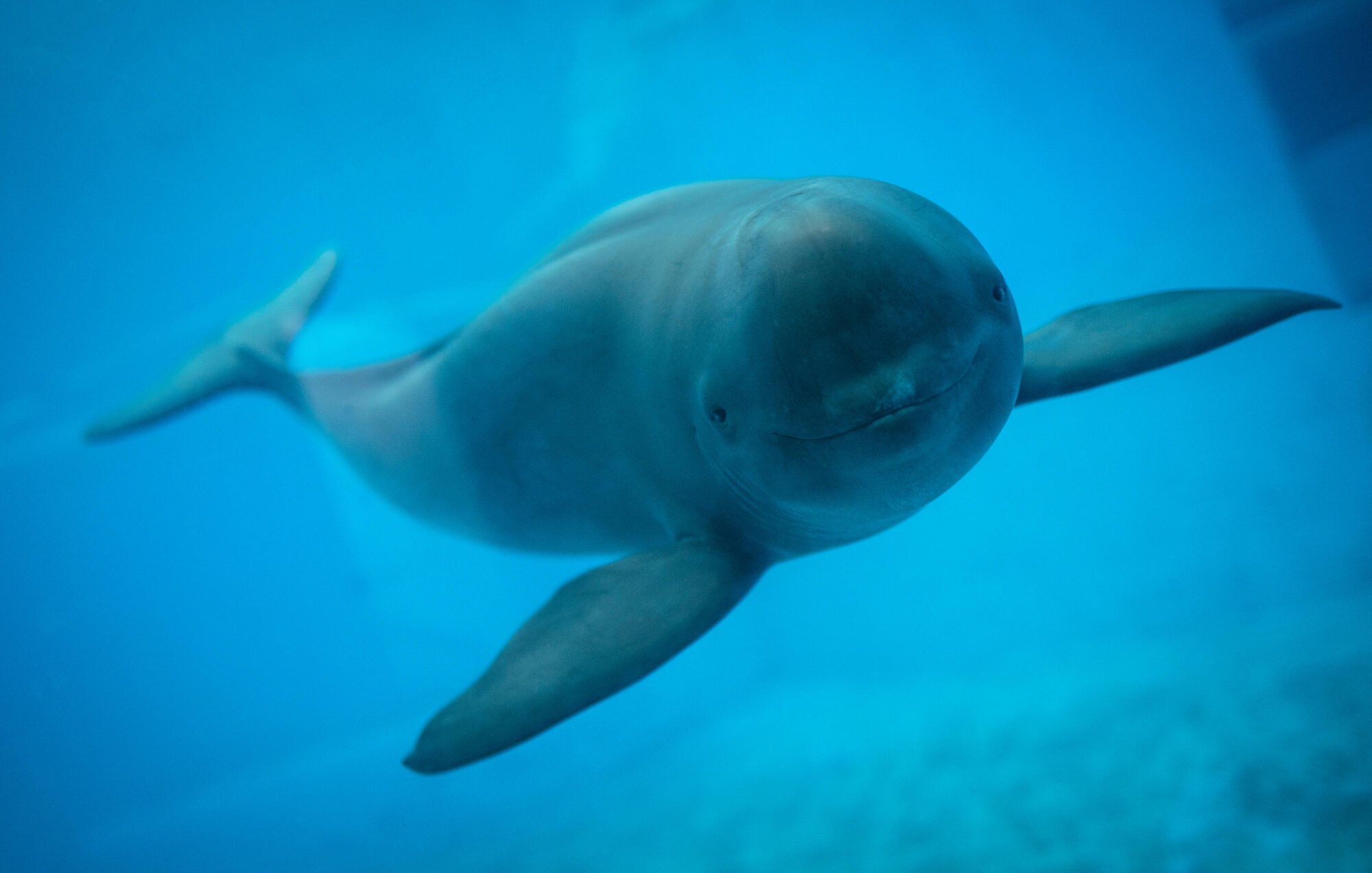
Recently, scientist split the finless porpoise into two distinct species – the Indo-Pacific and the narrow-ridged. Populations of both are in decline due to an array of human threats, including vessel strikes and fishing gear entanglement. In recent years there has been a mysterious increase in finless porpoises beachings in Hong Kong. (Image: Alamy)
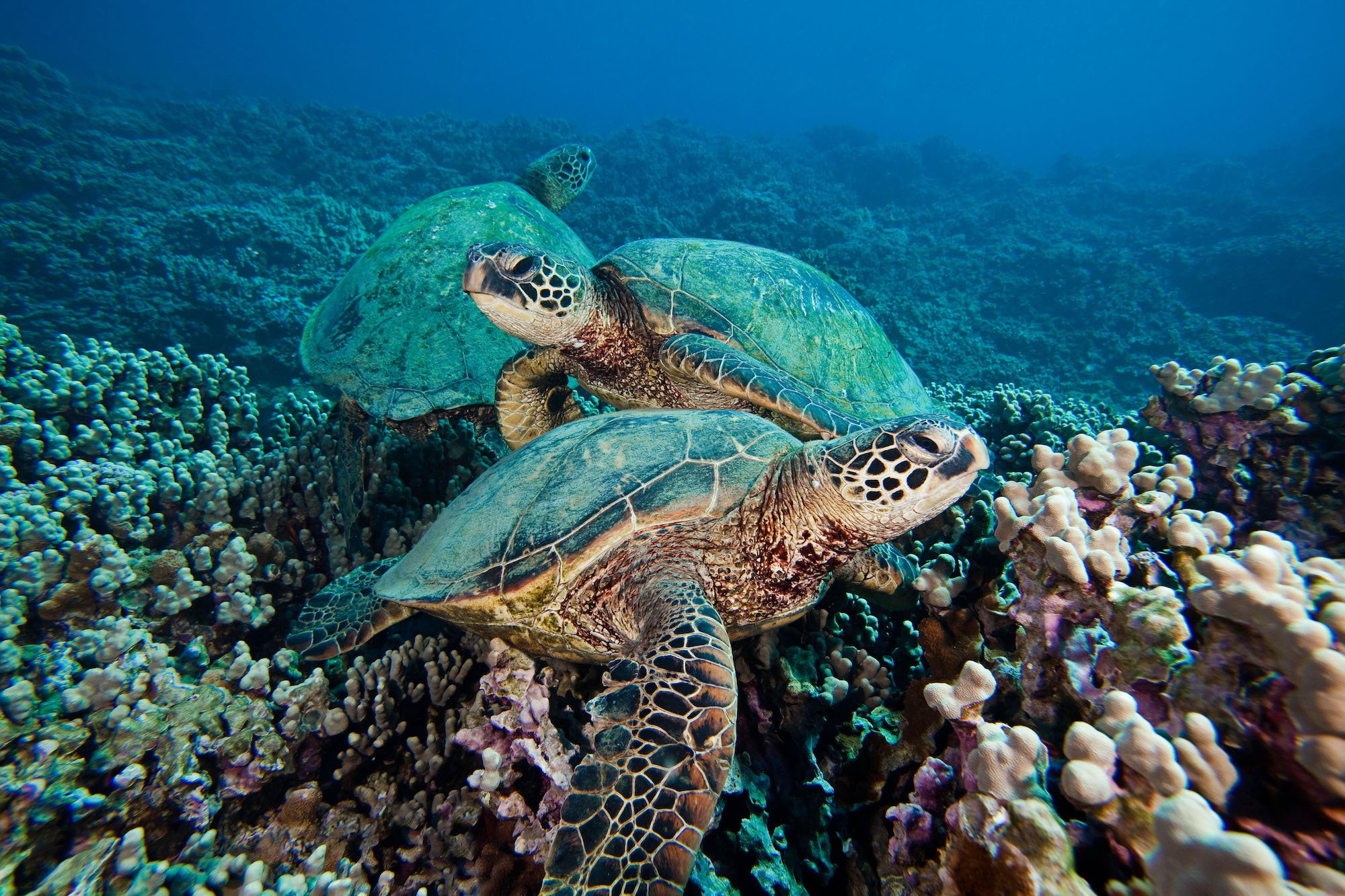
One of the oldest surviving forms of life, having lived alongside dinosaurs, the green turtle is the marine world’s largest reptile. Scientists are now tracking the turtle’s migrations to inform efforts to reduce hazards, such as fish nets and poaching. (Image: David Fleetham / Alamy)

